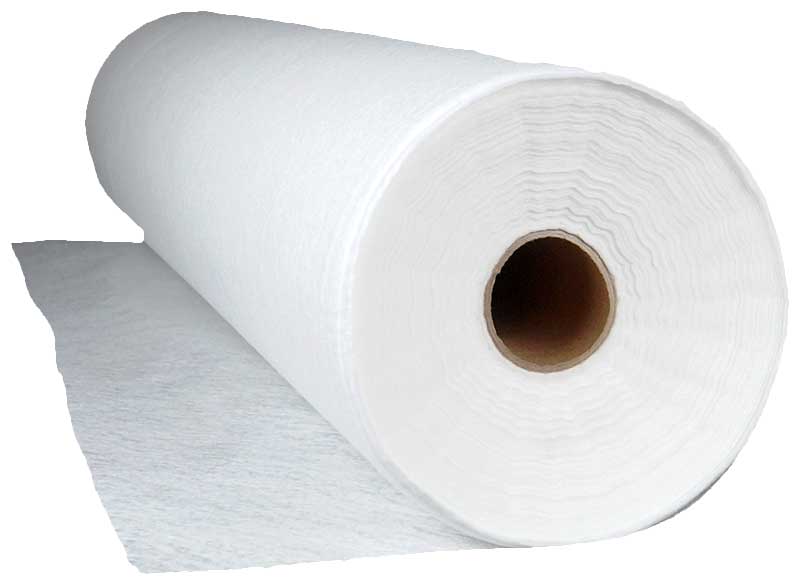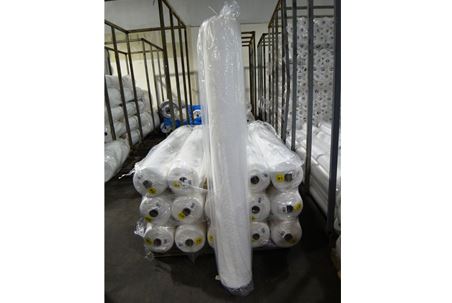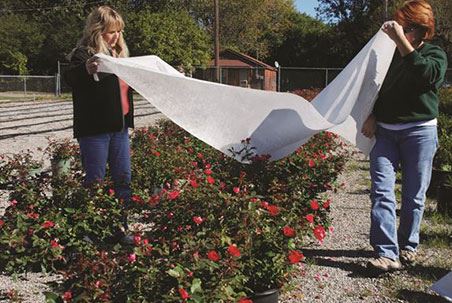Plant Frost Covers: A Complete Guide to Protecting Your Plants from Cold Weather
When temperatures drop unexpectedly, frost can severely damage plants — especially tender vegetables, flowers, and
young trees. Fortunately, plant frost covers provide an easy and effective way to protect your garden
from frost, wind, and freezing temperatures. This guide explains
what frost covers are, how to use them, and when to apply them for best results.
What Are Plant Frost Covers?
Plant frost covers (also called frost blankets or garden fleece) are lightweight fabrics designed to
trap warmth and prevent frost from forming directly on plants. They allow light, air, and moisture to
pass through while maintaining a protective layer of insulation. Frost covers are reusable and suitable for both
short-term and season-long use.

Garden Plants Covered with Frost Blanket
Why Should You Use Plant Frost Covers?
- ✅ Protect Plants from Frost and Freeze: Covers prevent frost from settling on leaves and
stems.
- ✅ Extend the Growing Season: Helps keep crops alive during unexpected cold spells.
- ✅ Shield from Wind and Insects: Provides a barrier against wind and some pests.
- ✅ Easy to Apply and Reuse: Lightweight and breathable for convenience and repeated use.
When Should You Use Frost Covers?
- In Early Spring and Late Fall: To protect young plants from surprise frosts.
- During Sudden Cold Snaps: Temporary cover when temperatures unexpectedly dip.
- For New Seedlings and Transplants: Extra protection during the early growth stages.
How to Use Plant Frost Covers

Frost Cover Properly Draped Over Plants
Step 1: Choose the Right Cover
Select a lightweight, breathable frost cover appropriate for the level of frost protection you need. Heavier covers
offer more insulation for severe cold.
Step 2: Apply the Cover in the Afternoon
Place the cover over plants before sunset to trap ground heat. Ensure it reaches the ground to prevent cold air from
getting in.
Step 3: Secure the Cover
Use stones, landscape staples, or soil to anchor the edges of the cover, preventing it from blowing away in wind.
Step 4: Remove or Ventilate When Warmer
Take off or lift the cover during warmer days to let plants breathe and receive sunlight.
Types of Plants That Benefit from Frost Covers
| Plant Type |
Reason for Covering |
| Tomatoes, Peppers, Eggplants |
Protect from cold damage and extend harvest. |
| Leafy Greens (Lettuce, Spinach, Kale) |
Grow later into fall and earlier in spring. |
| Strawberries, Berries |
Prevent blossom and fruit damage during frost. |
| Young Trees and Shrubs |
Protect tender new growth from freezing. |
| Flowering Annuals |
Save blooms from sudden cold spells. |
Pro Tips for Success
- Install frost covers before sunset to maximize retained ground heat.
- Use hoops or stakes to prevent the fabric from touching fragile plants directly.
- Double-layer covers for extra insulation on very cold nights.
- Store frost covers dry and clean for reuse over multiple seasons.
Final Thoughts
Plant frost covers are an essential tool for gardeners wanting to protect their plants from frost damage and extend
the growing season. Easy to use and reusable, they provide peace of mind during unpredictable weather. Whether you are
shielding vegetable crops or ornamental flowers, frost covers are a smart addition to any garden.
Need help selecting the right frost cover? Contact us for product recommendations and expert advice!











